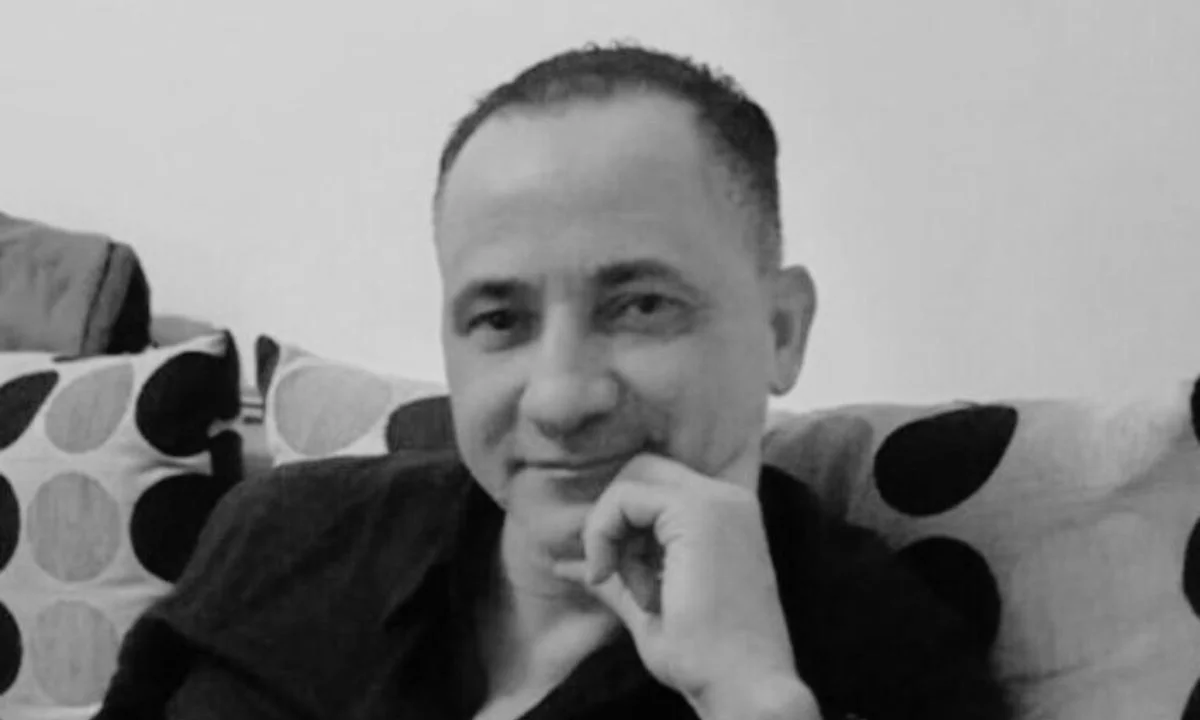To look at a Carlos Almaraz painting is to feel the pulse of Los Angeles. It’s a city of vibrant, sometimes violent, color; of surreal sunsets and chaotic freeway interchanges; of deep cultural pride and simmering social tension. Almaraz didn’t just paint the city’s landscapes—he painted its energy, its dreams, and its contradictions. He was a pivotal figure who helped bring Chicano art from the activist margins into the mainstream consciousness, all while crafting a visual language that was uniquely and passionately his own.
From the Streets to the Studio: The Making of an Artist
Born in Mexico City in 1941, Almaraz moved to Chicago and later Los Angeles as a child. His early life was marked by a search for identity, straddling Mexican heritage and American reality. This experience would later fuel the thematic core of his work. He studied art formally, first at California State University, Los Angeles, and later at the prestigious Otis Art Institute and the New York Art Students League.
The turbulent 1960s and 70s profoundly shaped his artistic direction. He became deeply involved in the Chicano civil rights movement, co-founding the influential collective Los Four in 1973 with Frank Romero, Beto de la Rocha, and Gilbert “Magu” Luján. Los Four was instrumental in curating some of the first major exhibitions of Chicano art, forcing the established art world to acknowledge a vibrant, politically charged movement happening in its own backyard. Through murals, posters, and community events, Almaraz used his art as a tool for social justice, advocating for farmworkers’ rights and cultural recognition.
The Iconic Freeway Crashes and Dreamscapes
While his activist work was foundational, Almaraz is perhaps best known for his later, more personal paintings: his explosive freeway crash series and his lush, symbolic Eden landscapes.
The freeway is the central nervous system of Los Angeles, and Almaraz captured its dual nature. In his hands, it became a site of both mundane commute and apocalyptic drama. His crash paintings are breathtakingly chaotic—vehicles somersault in mid-air, explosions bloom like fiery flowers, and headlights streak through the twilight. Yet, there is a strange, terrifying beauty to them. They are not just depictions of accidents; they are metaphors for the collision of cultures, the violence of urban life, the suddenness of fate, and the raw, explosive energy of the city itself.
In stark contrast were his “Eden” paintings. These works were deeply personal, often featuring himself and his wife, artist Elsa Flores, in serene, magical landscapes. Filled with lush vegetation, floating figures, and celestial bodies, they represented a yearning for peace, love, and a spiritual sanctuary away from the city’s chaos. They revealed a vulnerable, romantic side, showcasing an artist seeking balance between the external turmoil of the world and his internal world of dreams.
A Legacy of Color and Conviction
Carlos Almaraz’s career was brilliant but tragically cut short. He died of AIDS-related complications in 1989 at the age of 48, just as he was receiving widespread national acclaim.
His legacy, however, is indelible. He broke barriers for generations of Latino artists, proving that art rooted in a specific cultural experience could achieve universal resonance. He masterfully blended the personal with the political, the real with the surreal, and the beautiful with the terrifying.
Today, his work is held in major museum collections, including the Smithsonian American Art Museum, the Los Angeles County Museum of Art (LACMA), and the Metropolitan Museum of Art. But more importantly, his spirit lives on in the streets he painted. When an Angeleno sits in traffic watching the sun set behind the San Gabriel Mountains, painting the sky in impossible shades of orange and purple, they are seeing the world through Carlos Almaraz’s eyes—a world of fierce, unforgettable, and magnificent color.

